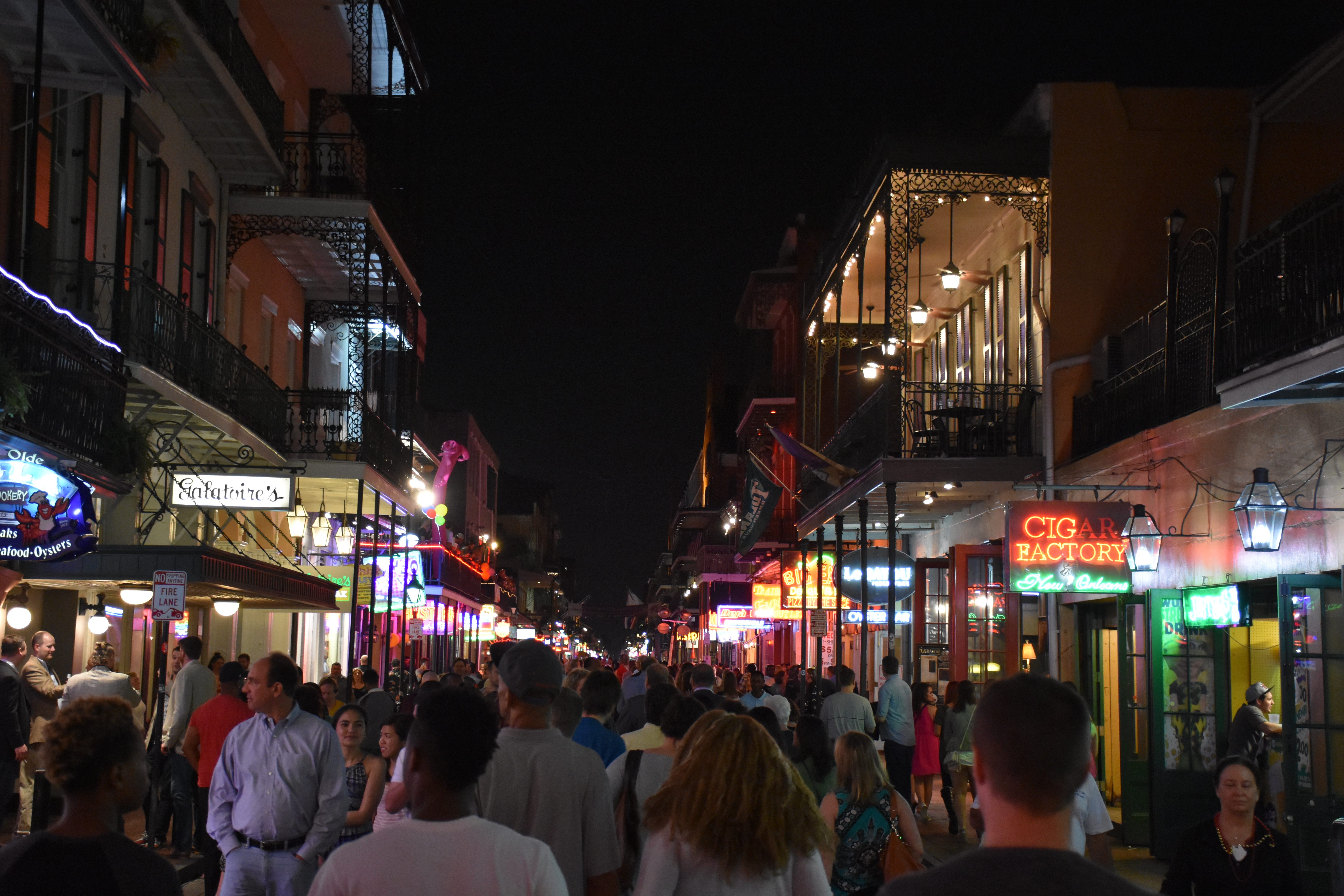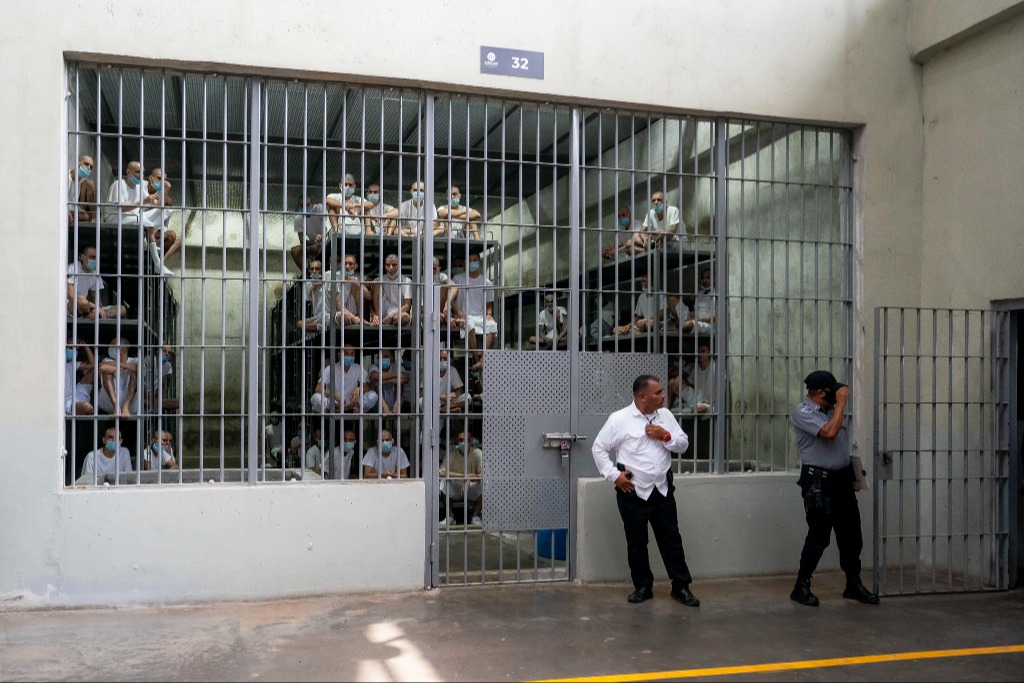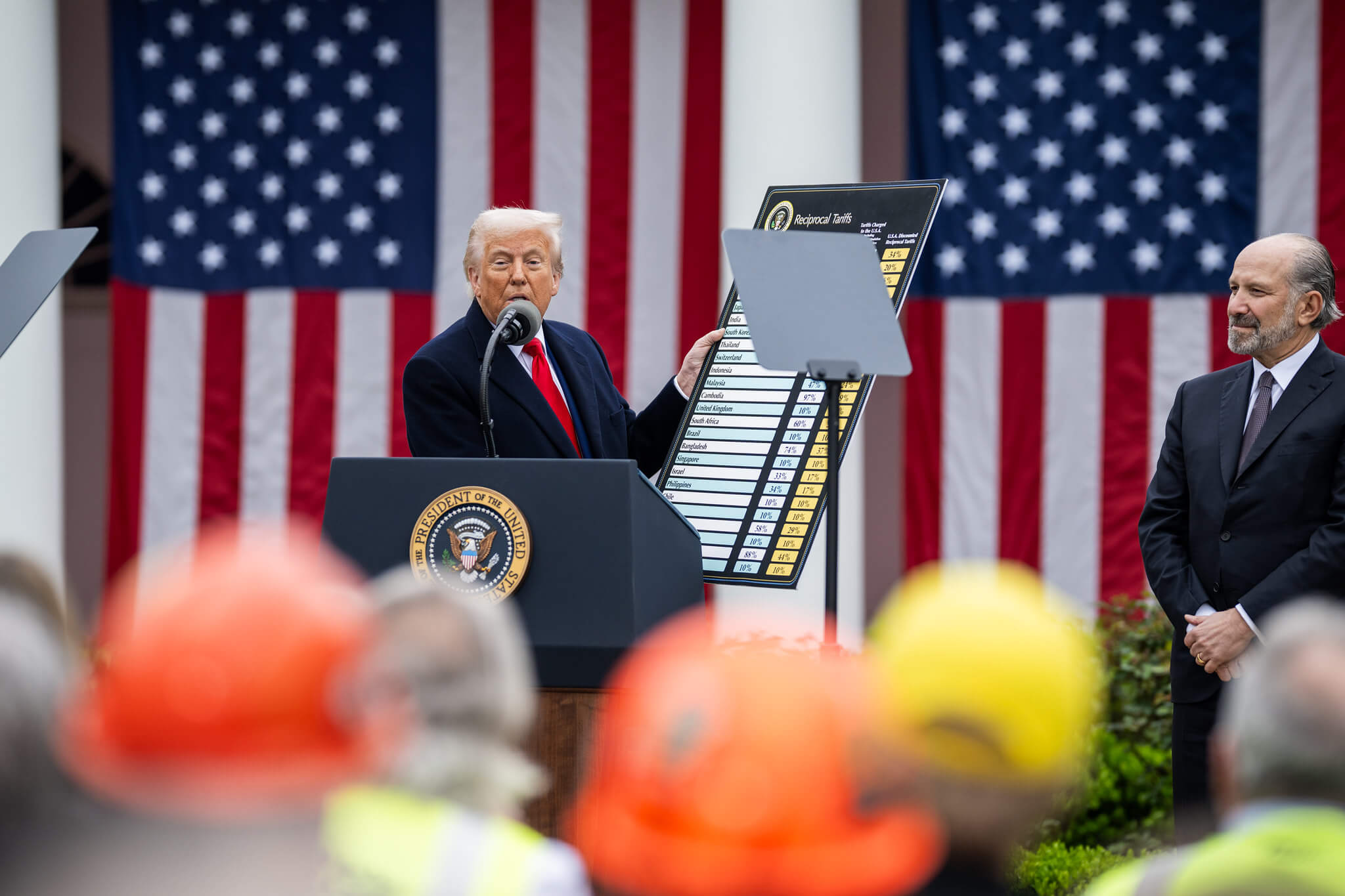I Study Terrorism. In New Orleans, I Witnessed a Terror Attack.

Published by The Lawfare Institute
in Cooperation With

When I started writing about car-ramming terrorist attacks, I never expected to be present at a deadly one.
But after what had been a lovely New Year’s celebration, I approached my hotel in New Orleans at approximately 3:15 am on Jan. 1. Just as I reached the building, screaming erupted. The cries came from a block away on Bourbon Street, the most famous street in the city’s historic French Quarter and where I had stood barely 10 minutes earlier.
I wondered for a moment if the crowds had just gotten rowdy, as can happen in the Quarter, especially on as festive an occasion as New Year’s Eve. But no, these cries had a horrified, gut-wrenching ring to them that cut through the other sounds of celebration. I would soon learn that a man had driven a pickup truck through a crowd of revelers nearby, killing 14 and injuring dozens more. He was allegedly inspired by the Islamic State.
I have studied the use of vehicles in attacks by homegrown Islamist terrorists in work I am doing as a graduate student studying terrorism. Now, I could hear the horrific aftermath of the deadliest vehicular ramming terrorist attack on American soil. In the wake of this violence, the American people and global security community have once again joined together in shock, mourning, and outrage.
Our grief is fresher than the threat: Vehicular ramming attacks by Islamist terrorists are far from new. The New Orleans New Year’s attack is the latest instance in a growing trend of terrorists weaponizing vehicles to carry out their attacks.
Vehicular ramming in Western-targeted attacks seems to have appeared on Islamist terrorists’ radar as early as 2010. Although previously contained to the Israeli-Palestinian conflict, vehicular ramming appeared that year in al-Qaeda’s English-speaking propaganda magazine, Inspire. In an article called, “The Ultimate Mowing Machine,” al-Qaeda provided its readers with basic tactical guidance on using vehicles as weapons in attacks, such as vehicle and target selection.
The first notable, violent manifestation of this guidance in the West would not appear until 2016. On Bastille Day, Mohamed Lahouaiej-Bouhlel drove a 19-ton cargo truck into a crowd in Nice, France, killing 86 and injuring hundreds more. The Islamic State claimed responsibility for the attack, and it remains the deadliest instance of a terrorist attack using vehicular ramming to this day.
The devastation did not end in Nice:
- On Dec. 19, 2016, Anis Amri drove a hijacked truck into a Berlin Christmas market, killing 12 and injuring 56.
- On Aug. 17, 2017, Younes Abouyaaqoub drove a van into pedestrians along La Rambla in Barcelona, killing 13 and injuring over 100.
- On June 3, 2017, Khalid Masood drove into a crowd of pedestrians in London on Westminster bridge, killing 8 and injuring 48.
- On Oct. 31, 2017, Sayfullo Saipov drove a truck down a Manhattan bike path, killing 8 and injuring 11.
In each instance, the Islamic State claimed responsibility for the attack or the attacker pledged allegiance to the terrorist organization.
The tactic spread because Nice had shown that someone without hefty financial resources, terrorist organization connections, or tactical training could carry out a highly lethal attack. Vehicles are readily available and require limited skill to operate, and large public gatherings offer targets that are difficult to protect and that offer a high possible body count. Potential terrorists can also cheaply rent vehicles through an app, as seen in the New Orleans attack, and therefore do not need to own a car to carry out their attack. Car rammings present a workaround for individuals who cannot access firearms, explosives, or expertise in bomb-making, or those who fear discovery by law enforcement while trying to gain access to guns or other weapons.
Vehicular ramming attacks are also available to terrorist groups unable to mount more ambitious attacks. A terrorist group like the Islamic State who—at the time was struggling so heavily under military pressure that it could no longer coordinate complex attacks like in Paris in 2015—can still kill many people with a single truck and with a single attacker. Relying on primitive, lone-actor attacks by sympathizers, the Islamic State and other Islamist terrorist groups can exercise considerable influence overseas.
Predictably, terrorists often being unimaginative copycats, vehicular rammings spread from Islamist terrorists to other violent extremists. In 2017, it showed up in apparently direct retaliation to the London Bridge attack that had happened barely more than two weeks prior. Forty-seven-year-old Darren Osbourne swerved a rented van into a crowd of mosque-goers in Finsbury Park, North London, killing one man and injuring a dozen others. According to eyewitness testimony, Osbourne leapt from the vehicle after striking his victims, shouting that his actions were revenge for the London Bridge attack. He claimed, “I’m going to kill all Muslims—I did my bit.”
The spread of vehicular ramming to other ideologies did not stop with anti-Muslim hatred. White supremacists and incels soon adopted the tactic as well. Only two months after Osbourne’s Finsbury Park attack, a white supremacist plowed his car into a crowd of counter protesters at the infamous “Unite the Right” rally in Charlottesville, Virginia. The dramatic scene, in combination with the displays of hatred already seen at the rally, demonstrated the shocking resurgence and threat of far-right violence in America. In 2018, Alek Minassian plowed a rental van through a busy Toronto sidewalk, killing 10 and badly injuring more than a dozen others. Rather than hoping to kill infidels or take down the West in the name of the Islamic State, Minassian had a different enemy: women. As a self-proclaimed incel, which is a type of misogynist extremism meaning “involuntary celibate,” Minassian hoped to “overthrow all Chads and Stacys” to begin an “Incel rebellion,” referring to the socially-normative men and women who, incels believe, control society.
The Charlottesville and Toronto attacks demonstrated that although jihadists had pioneered the use of vehicular ramming in terrorist attacks, the tactic was available to people of any ideology in virtually any urban setting who wanted to kill as many people as possible with as little training, tactical skill, or resources as necessary. And it was catching on.
Such cross-pollination between different sects of extremists are not new. Studies have indicated a growing online convergence between jihadists and neo-Nazis, ranging from using each others’ rhetoric and memes to the creation of fused white supremacist-jihadi forums. In online spaces, white supremacists have even “been observed… circulating al-Qaeda and Islamic State (IS) recruitment and bomb-making instructional manuals.”
The adoption of vehicular ramming by anti-immigrant extremists, white supremacists, and incels has been, however, the deadliest manifestation to date of this tactical convergence.
Cities around the globe have responded to terrorists’ vehicular rammings by creating infrastructure designed to mitigate such attacks. In doing so, they have effectively hardened soft targets. In London, the concrete “Arsenal” sign outside of Emirates Stadium serves as both an enthusiastic endorsement of a favorite sports team and a massive shield. If someone attempted a Berlin-like truck attack at the stadium, the truck would smash into pieces as the concrete sign absorbed the impact of the collision. Barriers meant to keep vehicles away from crowds have been placed around German Christmas markets since the 2016 Berlin attack, usually accompanied by both uniformed and plainclothes officers. (This example also highlights the limits of such defenses; an attack this year at a Magdeburg Christmas market took place despite anti-vehicle security barriers, killing 6 and injuring nearly 300.)
In New Orleans, the city failed to take these measures in time to prevent tragedy. Though Louisiana’s largest city reportedly owned 700-pound anti-vehicle barriers for years ahead of the terrorist attack, officials failed to install them in order to replace malfunctioning anti-vehicle barriers that were recently removed, leaving areas like Bourbon Street vulnerable to the kind of violence witnessed on New Year’s Day. This recent tragedy demonstrates once again that cities do not have the liberty of waiting to replace or implement robust anti-vehicle protection measures. Barriers offer deterrence to attack. Their absence, conversely, makes a crowded space attractive to attackers.
There’s a fine line between protecting citizens and over-securitization. But cities like London have found ways to integrate some anti-vehicle protections into the city’s natural architecture, and have thus offered citizens as much security as possible while maintaining a sense of normalcy in daily life.
The New Orleans attack demonstrates the persistence of an ongoing trend that likely has not neared its end. Vehicles will continue to provide a quick, easy solution to potential terrorists lacking significant resources and a reliable method of attack to terrorist organizations suffering military defeats in the Middle East. Recognizing the spread of this tactic to other ideologies is just the first step to responding with necessary protective infrastructure around vulnerable areas.
For years, I have loved the vitality and culture of New Orleans. Never did I think I would witness one of its most devastating moments. As excruciating as the past few days have been, New Orleans is not a city that breaks. Its glow has continued through the tragedies of hurricanes and the calamity they bring, and it is showing remarkable resilience now too. Part of that resilience should be a thoughtful approach to the security of the large crowds that gather there regularly.





